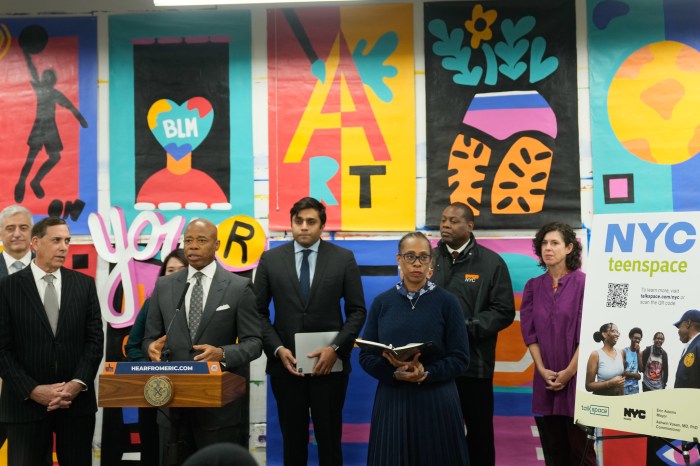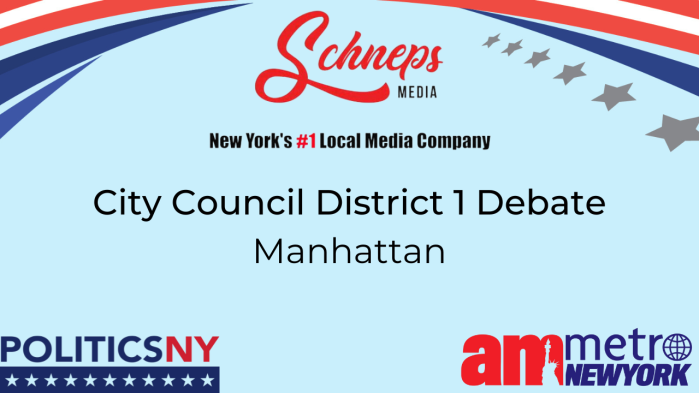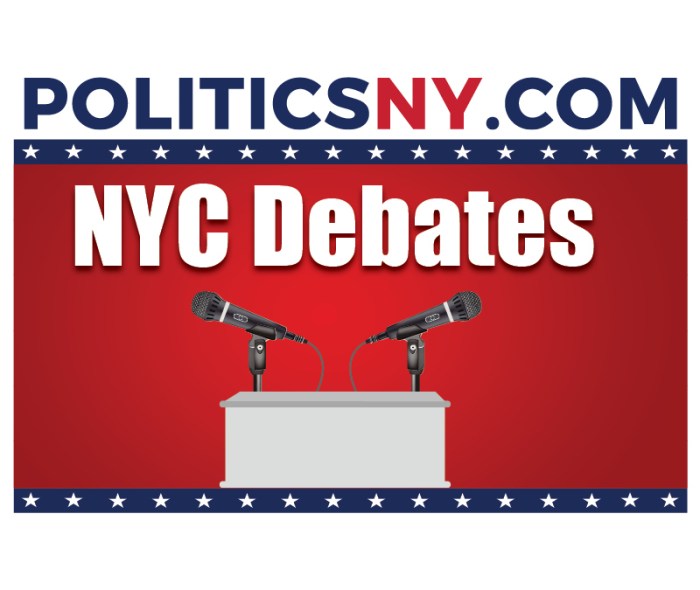When New York public schools opened their doors last month, the return to (relative) normalcy was heralded by many as a victory.
Neither schoolchildren nor teachers are now required to wear masks unless they have tested positive for Covid, and New York City also put an end to the daily health screening forms that had become ubiquitous for families with young children.
While these are no doubt welcome changes in protocol, indicative of a certain optimism within the education sector, the reality remains that many children suffered learning loss as a result of pandemic disruptions; the recovery has only just begun.
According to the latest data from the National Center for Education Statistics (NCES), the average reading scores for nine year olds declined five points between 2020 and 2022, the largest drop since 1990. Math scores dipped seven points on average, the first time that the assessment has ever recorded a decline in mathematics comprehension.
The NCES findings reflect the concerns among teachers. A questionnaire conducted by Educators for Excellence saw 82% of surveyed New York City teachers state that their students are lagging “somewhat or a great deal” behind their pre-pandemic academic levels, and 50% of teachers anticipated that their students would finish the school year below grade level.
The pandemic has also made the digital divide glaring, with 83% of teachers indicating they would support federal funding to provide all students with free and universal high-speed internet access.
In fact, some state policymakers have already moved to address this particular issue.
“At the start of the pandemic, when students across New York State switched to remote learning, inequities became demonstrably clear, particularly with respect to broadband and hardware access,” state Senator Shelley B. Mayer said. “In response, I introduced the E-LEARN Act to provide free, high quality broadband to every student and school during the pandemic. Although it was not signed, policymakers must continue to press this issue. We cannot wait for the next emergency to guarantee equitable access to quality education.”
Although this legislation did not become law, Mayer, who serves as chair of the State Senate Education Committee, did preside over a major achievement in education funding.
In the Fiscal Year 2022 Enacted State Budget, both the Governor’s Office and the State Legislature agreed to fully fund Foundation Aid by 2024. The Foundation Aid program was first outlined in 2007 as a method of establishing an equitable distribution of state funds to less affluent school districts, but the state never fully funded the program — until now.
“New York State has finally recognized the constitutional principle of a sound basic education for every child,” Mayer said. “I thank Governor Hochul for her commitment to public education and acknowledge the many parents and advocates who never gave up and continuously spoke up for their children.”
Jasmine Gripper, executive director of Alliance for Quality Education, said the new funding will go a long way toward lessening the education gap.
“The commitment to fully fund Foundation Aid will ensure that Black, Brown and low-income students attend schools that are fully resourced and will significantly close the opportunity gap,” Gripper said. “Today marks the beginning of a new and long overdue chapter in the fight for education justice in New York.”
A new chapter it may be, but it is certainly not the conclusion.
Statewide shortages of bus drivers, substitute teachers, and bilingual and special education instructors persist.
New York City Mayor Eric Adams is reassessing the 3-K for All program first established by Bill de Blasio, which supporters and early childhood educators claim must be universal in order to be successful.
And the New York City Council has called on Mayor Adams and New York City Department of Education Chancellor David C. Banks to restore $469 million that was cut from school budgets.
Perhaps this fall’s return to normalcy is more superficial than substantive. Masks — the great signifier of the pandemic — may be put away, stuffed into lockers or desk drawers.
But this banishment does not by itself constitute a win. True victory, as every educator realizes, lies in the recovery.
















